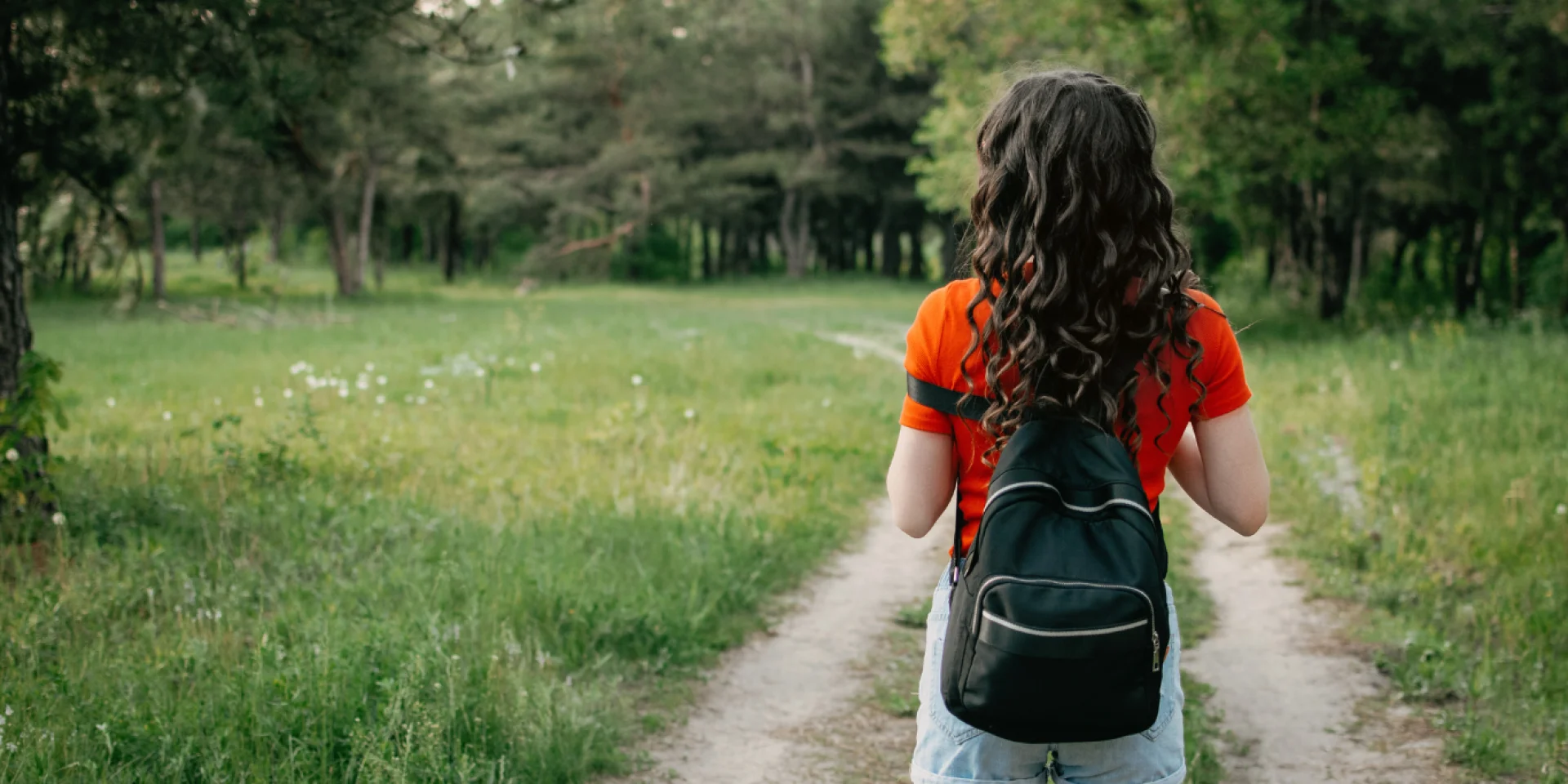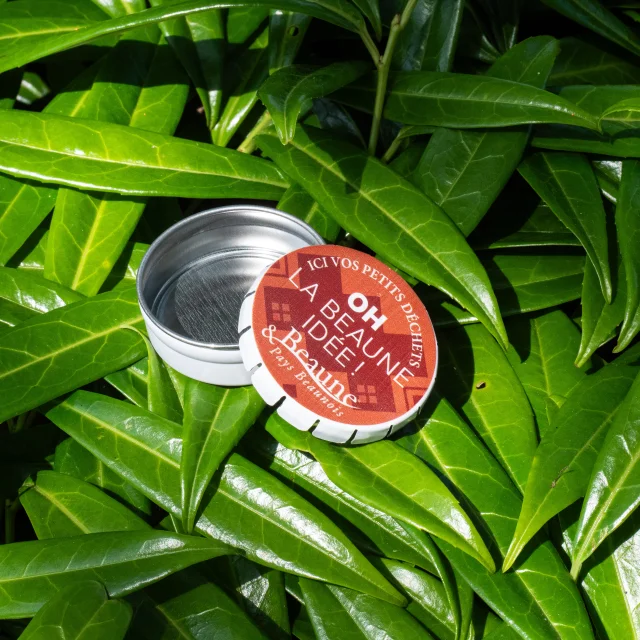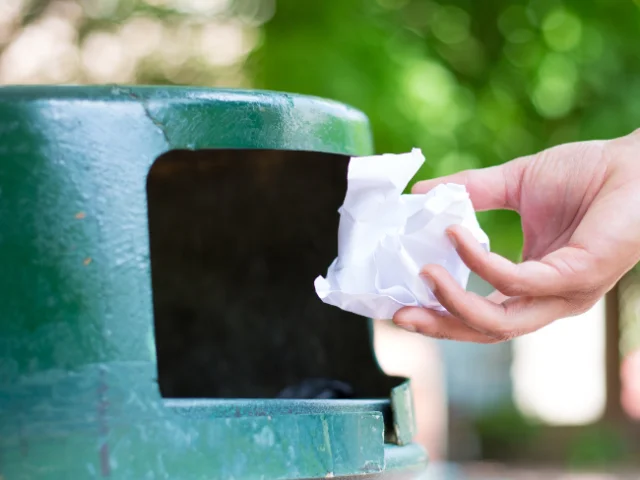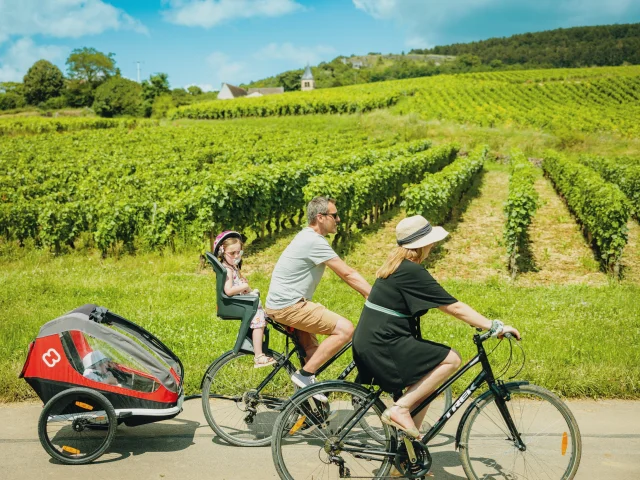Gourd Friendly :
Hydrate without plasticYou’ve given up using plastic bottles too? Ça good timing, it’s much nicer and eco-friendlier to opt for a water bottle! Thanks to the #GourdeFriendly d’HOALI initiative, you can fill your water bottle free of charge at the various Tourist Office reception offices throughout the area. A simple way to stay hydrated while reducing your impact on the environment. Want to know where you can fill up? Check out the map of water refill points and join the movement!
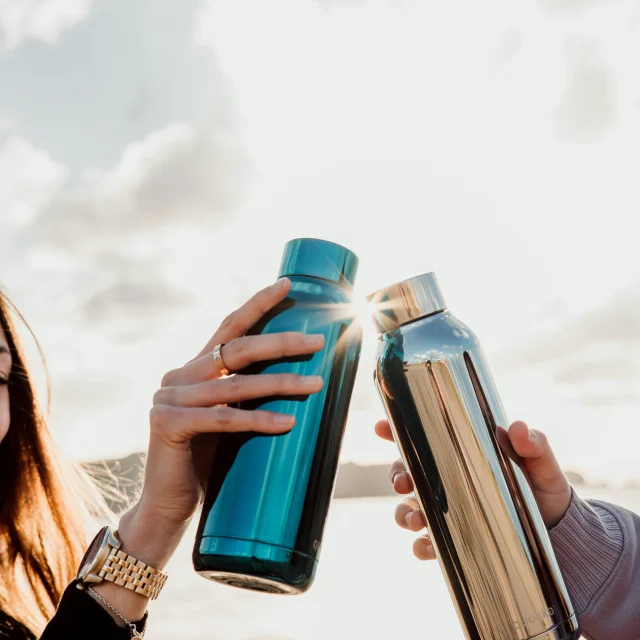 Quokkabottles 4qqsiawq4tg Unsplash
Quokkabottles 4qqsiawq4tg UnsplashDid you know? Plastic bottles, a preoccupying environmental impact. In France, around 10 billion bottles are sold every year, but only 30% are actually recycled, with the rest ending up in landfill or in the environment. On average, every French person produces 35kg of plastic waste a year, or around 1,070 500ml bottles. By 2050, plastic production could account for 15% of global greenhouse gas emissions. Not to mention the plastic bottles that find their way into our waterways. This pollution has a disastrous impact on aquatic flora and fauna, altering ecosystems and threatening species.
